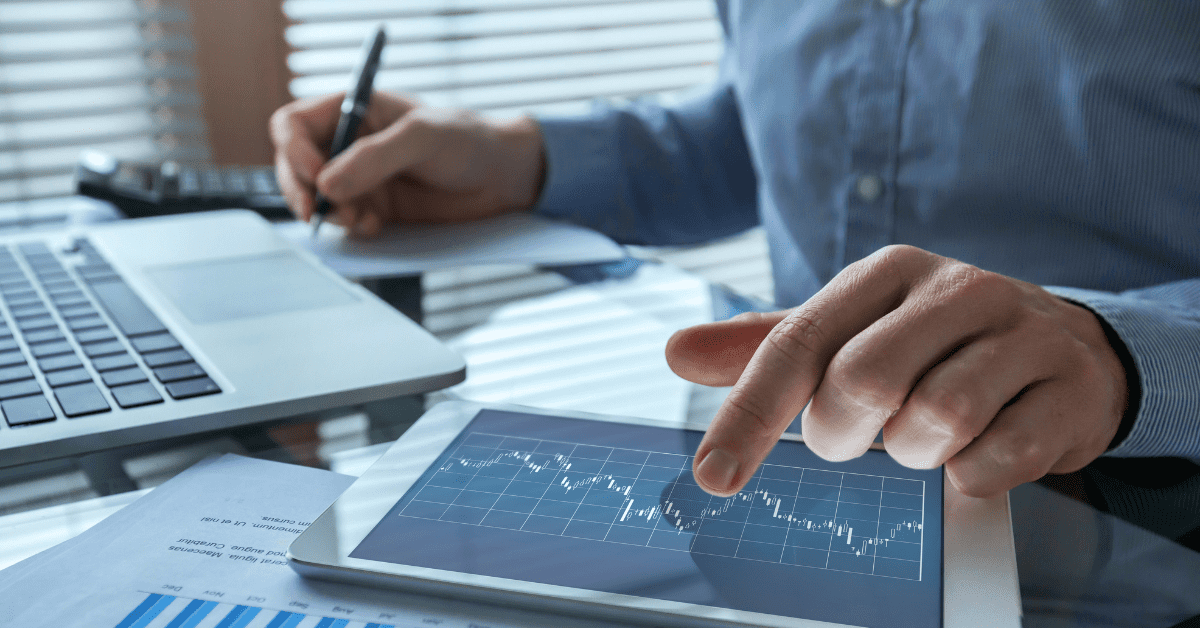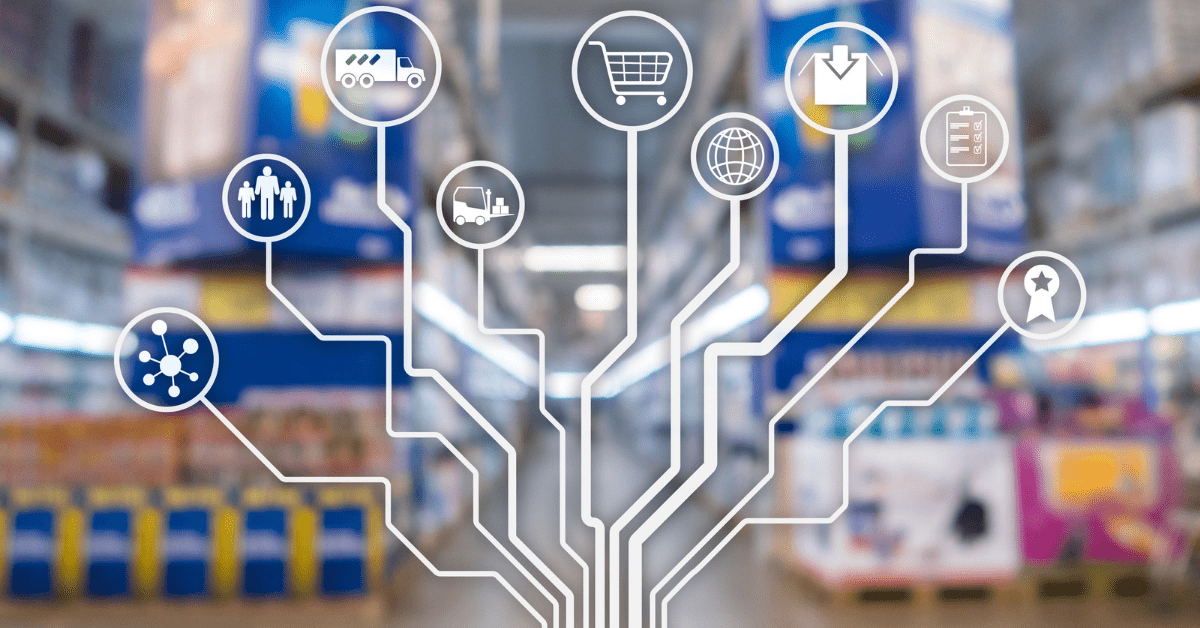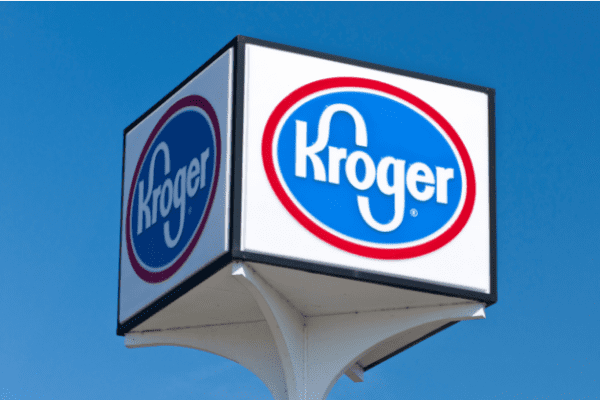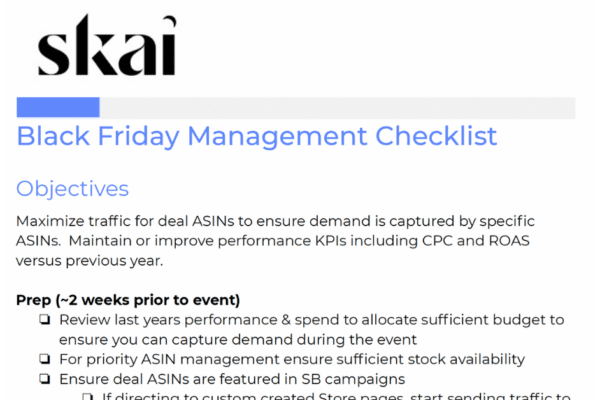
Post-pandemic consumer goods data has undergone a major shift.
As consumers began shopping online during the pandemic, many adopted hybrid strategies that involve both online and in-store shopping. Likewise, data analytics around consumer goods has shifted as well. Here are a few key analytics for updating your consumer goods analytics strategies to keep up with changing customer behavior.
Retail Analytics
Retail analytics are a type of consumer goods analytics focused on tracking and monitoring online retailers for your brand. Retail analytics also monitors the retailers for your competitors.
Both types of monitoring are important because a major part of consumer goods analytics strategies are usually focused on ensuring that marketers are able to react to a rapidly changing market, especially as more and more consumers have adopted hybrid shopping models for post-Covid shopping.
By ensuring the correct retail analytics strategies are in place, retailers are better able to predict trends well in advance of competitors, jumping on those insights immediately while they’re most relevant rather than trying to get onto the bandwagon after the trend has already begun.

Another important piece of the retail analytics puzzle is monitoring the “digital shelf.” The digital shelf is a term used to describe the sometimes overwhelming selection of goods that appear in a typical online search. In a traditional retail environment, choices are more or less limited to the products available on the shelf.
The digital shelf is virtually limitless, and understanding where your product stands in relation to other, similar, products is key, according to Oshiya Savur, Head of US Marketing and Education, Luxury Division at Revlon, who says that Revlon: “spends a lot of time on channel conflict management, whether that’s managing inventory that has appeared from gray-market sellers, or managing the impact of price-matching between retailers during events like Prime Day.”
Important elements to consider when it comes to retail analytics include price comparison, sales and traffic, the performance of catalog items, competitive intelligence (such as share-of-voice), fulfillment, and policy monitoring.
Marketing Data
While the category “marketing data” in relation to consumer goods analytics strategies can appear a bit vague, marketing data more specifically refers to the type of data that is concerned with the performance insights derived from a brand’s advertising practices.
As the media mix increasingly shifts to digital channels, consumer data analytics strategies need to also increasingly focus on performance advertising, rather than simply prioritizing the brand marketing that has traditionally been the primary concern of digital media. Armed with marketing data around advertising analytics, markers can make better-informed decisions.

Here are a few of the most critical pieces of marketing data:
Media engagement, which relates to things like clicks, shares, and email opens. Advertising costs: these are all of the costs involved in serving an ad, from cost-per-click to cost-per-engagement along with the overall budget.
Media mix analysis, such as online/offline impact of advertising, and measurement of cross-channel performance.
Brand studies, meaning getting a good measure of how consumers are feeling about a brand with each advertising push, including measuring brand recall and ad impact.
Keyword data, this type of data also falls under the umbrella and encompasses things like keyword query reports, along with the benefits and features consumers seem to be seeking out.
Customer Insights
The final puzzle piece of the best consumer goods analytics strategies comes from obtaining information about your customers (or potential customers) themselves. The pandemic made ecommerce consumers out of some pretty unlikely groups. In fact, in 2020, reports found that 61.2 percent of boomers planned to shop digitally, which is an increase for the group, though it still lags behind the number of millennials and Gen X consumers who have embraced ecommerce. And these new ecommerce or hybrid customers expect efficient experiences, whether shopping online or in-store.
A recent study called Gaps in Customer Experience by Harris found that, “53% of consumers surveyed said that they expect a brand to know their buying habits and preferences and should be able to anticipate their needs. Further, 37% said they would stop doing business with a company that doesn’t offer a personalized experience…The fluid, omnichannel buying journey is here, and unless a brand shows a customer that it cares about them along every mile of a dynamic journey, the customer may have switched brands by the time that all-important last mile comes into play.”

Monitoring consumer data is all about finding out those buying habits in order to better serve customers, no matter where a brand encounters them. Some critical elements to measure when gathering consumer insights are demographics, life stage, purchase history, behaviors, lifetime value, media preferences, and the positive or negative reactions consumers have on social media, in reviews, and comments sections.
Of course, data analytics in consumer goods does not necessarily have to reinvent the wheel. Consumer goods analytics in a post-pandemic era is more about making sure the ways in which your brand has always put customers first are still meeting their needs this year and beyond.
CPGs rely on Skai for their consumer goods analytics strategies to power advertising success
Skai empowers the world’s leading brands and agencies across industries to manage omnichannel digital marketing campaigns. Our omnichannel marketing platform includes solutions for retail media, paid search, paid social, and app marketing. We’ll keep you at the forefront of the digital evolution with data and insights, marketing execution, and measurement tools that work together to drive powerful brand growth.
Client results include:
- 461% increase in Amazon Ads ROAS and 57% increase in page traffic for Bondi Sands
- 280% increase in installs for DraftKings
- 10% increase in new account openings for Royal Bank of Canada
- 756% increase in conversions for New York Magazine
- 600% increase in Facebook leads for Inova
For more information, please reach out to schedule a brief demo today!






